One of the most common forms of truck and trailer (or semitrailer) a curtainsider has canvas curtains down each side which can be drawn back to allow a forklift to load onto the deck. It’s a flat-bed truck with a roof structure supported by a headboard and tailboard that has roof rails and supports.
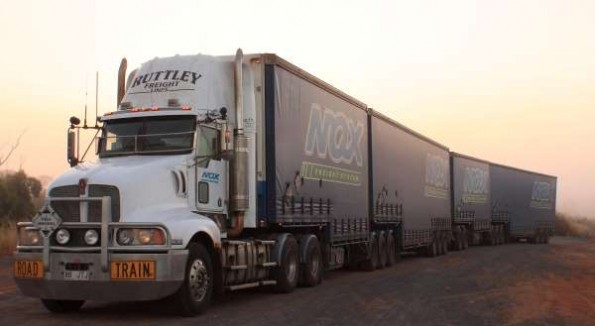
They are most useful for palletised freight, i.e. freight that can be lifted using a forklift. However, large bags and other types of loads can be carried if secured properly – basically, anything that can be loaded from the side that is contained within itself or can be contained using dunnage or by other means.
Some curtainsiders also allow loading from the top and can be used to carry woodchips and other loose freight.
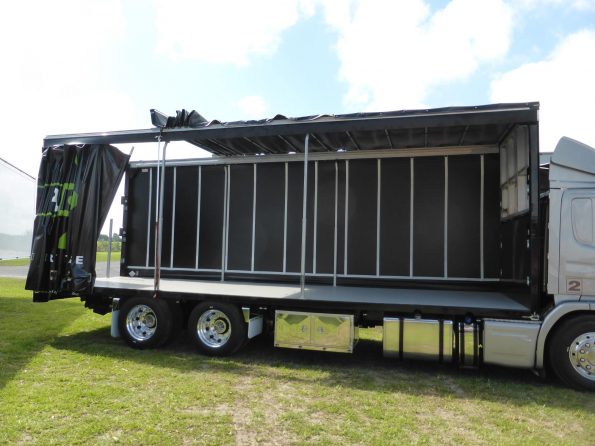
The curtains themselves will provide some level of load restraint (the curtains are rated), although not as much as a box body trailer, therefore loads need to be restrained properly using straps or chains. They are mainly designed to provide security and aerodynamics to the trailer, and to protect the load from the weather.
The curtains are kept tight by buckles down the side which hook under a rail.
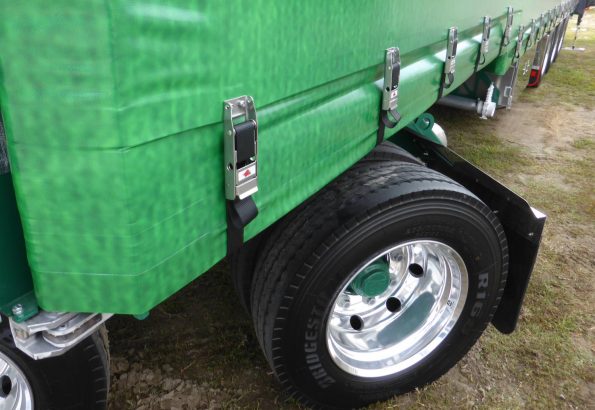
At the front of the curtain is a curtain pole which sits in a hole in the roof rail and over a ratchet at the bottom, allowing it to be tightened.
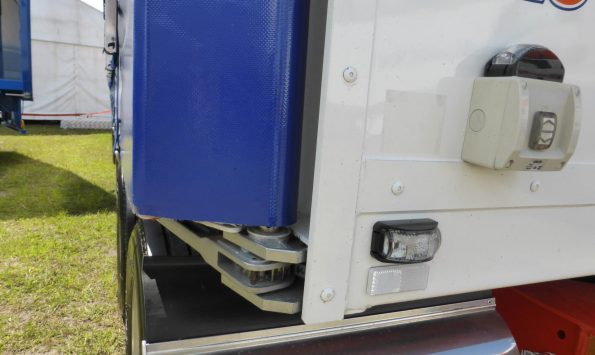
Some curtainsiders have a mezzanine or ‘mezz’ floor which means they can load more when carrying freight that can’t be stacked very high.
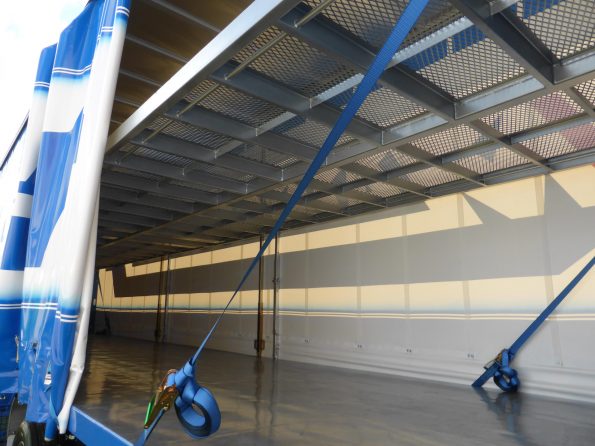
The curtainsider could have a rigid rear or container doors that open. Where there are rear doors, this gives added flexibility, especially if there’s a taillift option.
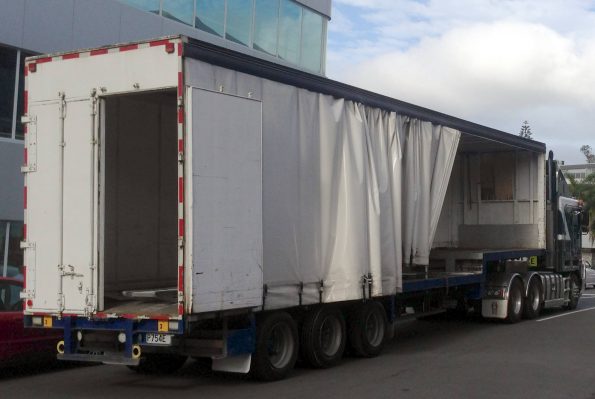
You can get refrigerated curtainsiders for shipping fruit and other perishable goods.
How to use a curtainsider
If you’re buying, using or hiring a curtainsider, then you need to know how to open and close them and what to check for as it can be dangerous:
- Don’t open a curtainsider which is bulging – freight could have moved and might fall on you. Open it from the back or the opposite side to check
- In strong or gusty winds, open the lee side of the trailer first (i.e. the side that’s not exposed to the wind
- When opening any curtain in gusty winds, take care as the wind can take the curtain pole and swing it into your head, knocking you out
- Loose buckles can flap around and hit passing cars – make sure all buckles are tight
- Make sure you check the rating and the expiry date on any curtains to make sure they will be fine for what you are carrying
- Make sure you have enough load securing restraints available to restrain the load properly
- Watch where you are going while you’re walking backwards as you slide the curtains back – it’s easy to trip.
In the same way sticky tape is often called Sellotape (a brand name), curtainsiders are often called tautliners by people who drove in the UK because the company that invented the concept in 1969 used that name.
